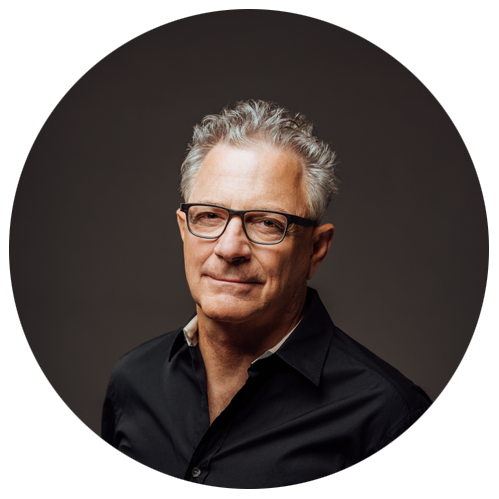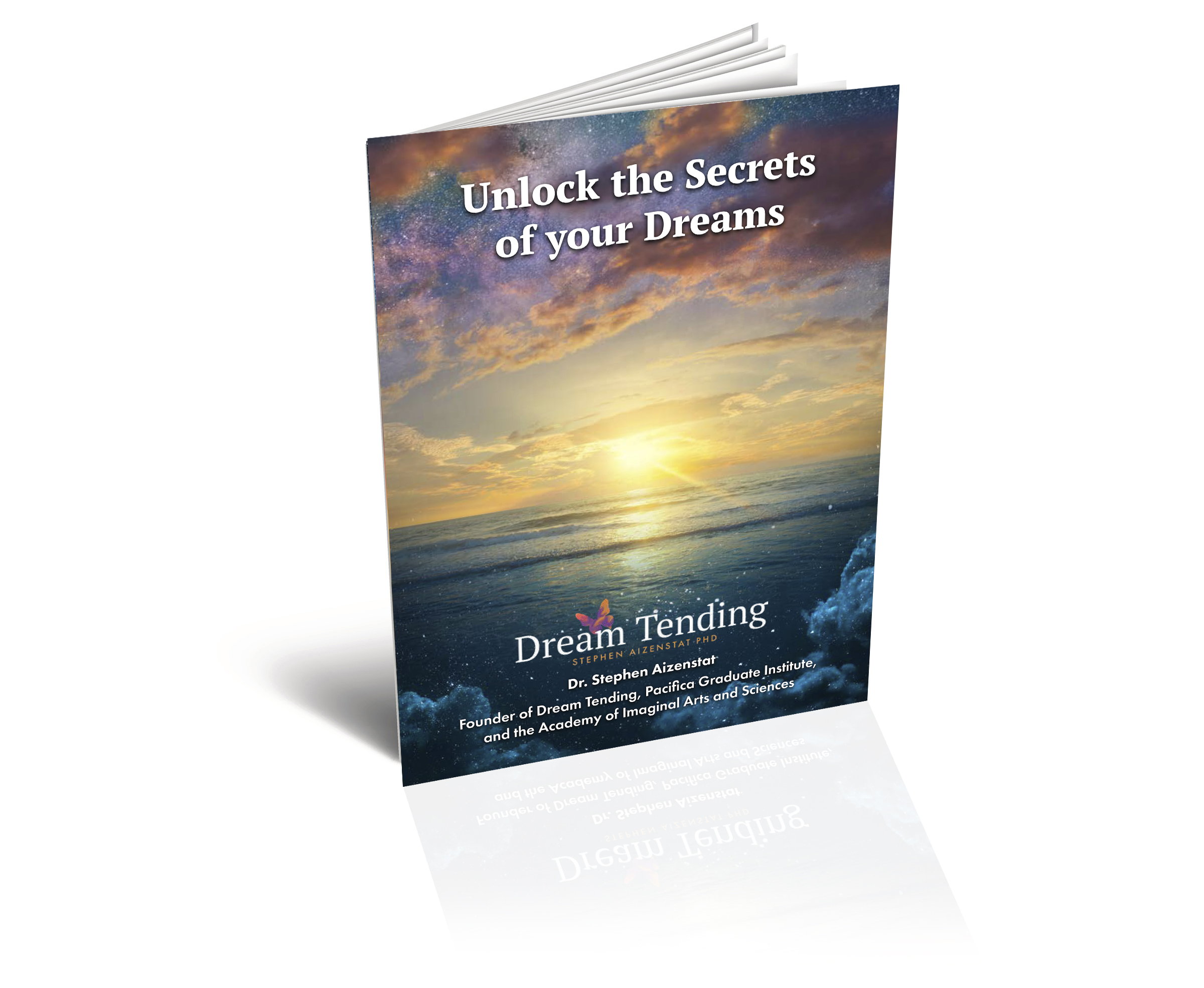Burnout is a word many of us have used to describe our energy levels at one point or another. What is burnout and why is it so ubiquitous in modern life? Simply put, burnout is a response to prolonged stress associated with exhaustion, demoralization and negative thinking that leads to a diminished engagement in life. Symptoms of burnout don’t appear suddenly, but rather develop gradually over time, sustained by unsuccessful coping mechanisms. Sound familiar? Keep reading.
Are You Feeling Burnt Out?
Burnout has several telltale symptoms that can help you identify the severity of your burnout. Common symptoms include: chronic fatigue, poor concentration, irritability, isolation, forgetfulness, insomnia, anxiety and depression, as well as a host of physical symptoms such as chest pain, heart palpitations, headaches and intestinal problems.
If several of these symptoms resonate with you, you’ll need to do some deep reflection—burnout often results from deep-rooted psychological or situational imbalances that are linked to unresolved core issues. This doesn’t mean you’re “crazy,” so to speak. Rather, your body is telling you that something about your life is unsustainable. In other words, burnout is a ringing signal indicating that change is needed. Conventional approaches to treating burnout focus on increasing awareness of stress factors and making conscious decisions aimed at developing better self-care skills. These may include changes in eating, exercise and sleep hygiene.
The Value of Dreams
It may sound strange, but dreams are an enticing and underused resource that can help deal with burnout. We spend hours each night dreaming, as our entire species has for millennia. Deirdre Barrett, in her book The Committee of Sleep, describes how dreams have been the source of scientific discovery, creative work and healing. While dreams often appear confusing and nonsensical, they open the personality to novel perspectives. Dreams ask us to hear, see, feel and think differently.
You’re probably wondering what some major benefits of dream work are. Dreams can:
- Activate thinking outside the box
- Establish connections to dissociated aspects of self
- Decrease anxiety and shame associated with uncomfortable experience
- Transform private and idiosyncratic concerns into a social discourse
- Deepen understanding of self and one’s relationship to others
- Enrich the experience of reality
Using Dreams to Cope With Burnout
If dreams can help us with the symptoms of burnout, how can we best use them as a treatment tool? According to James Hillman, founder of Archetypal Psychology, “Dreams call from the imagination to the imagination and can be answered only by the imagination.” Dream Tending, a process developed by Dr. Stephen Aizenstat, uses a non-interpretive approach to create an imaginal space—a theater for the dream to enter and impact the waking world.
A comprehensive approach to burnout involves not only developing strategies to cope with stress, but also re-examining your direction in life. This is where tending to your dreams can be useful and revitalizing.
The Technique of Dream Tending
While Dream Tending uses techniques based on the works of Freud and Jung, animation is its heart and soul. What is animation, you ask? Well, it basically involves scanning the emotional currents of a dream. Are there any images that are particularly compelling to you?
When you identify a resonant image, you (the dreamer) are asked to name it, describe its significance and imagine that image in the room. Asking yourself who is visiting and what is happening are two basic orienting questions that you can ask instead of what the occurrence means. A “who” question invites the shadows of the dream image into active dialogue. A “what” question focuses on the present experience of the dreamer in relationship to the dream image. Through the interaction between dreamer and dream image, the image takes on new meanings, and the dreamer begins to experience the image differently.
Using Dream Figures as Guides
Dream Tending mobilizes the resource of dreams to strengthen the individual. Aizenstat states, “Once we have entered the realm of the dream, it is helpful to contact the part of ourselves that I call the ‘archetypal ego.’ This more essential self is located in the depth of our being.” Through tapping the wisdom of our essential self, we have a wise, intuitive guide, just what we need to face the challenges of burnout.
Tending a Dream
Burnout is not uncommon among psychotherapists. In a Dream Tending workshop, the following dream was presented to Dr. Aizenstat by a psychotherapist: I am going horseback riding in a wooded setting. It’s a grey day. Two horses are brought out. I am riding on a short somewhat disfigured dirty, white pony. There is no saddle. I’m holding on to its mane. It is walking very slowly. I think it’s hardly horseback riding, but it feels ok. I get off the horse. There are objects from a Ship on the ground. I take a long hook and stick it into a fallen log. It felt satisfying. I notice pony standing there and think how well trained. He knows when to return to the stable.
Pony was identified as a central image, a resource. Pony was described as disfigured and disappointing, but also capable and graceful. He represented a trusted and comforting guide who embodied contradictory qualities of weakness and strength that the therapist was struggling with in his personal life. Through the Dream Tending process, pony guided the therapist on an internal journey facing experiences of loss and embarrassment. The therapist had several important insights. He realized his strength was grounded in holding both vulnerability (weakness) and accomplishment. He recognized that his accomplishments could stand proudly and not be diminished by disappointments. He also realized that he had been riding an obedient pony for much of his life, and that now there was a need for a change.
Recharging the Psyche
By interacting with the dream image, we enter an imaginal space between what is known and what could be known. Not only can this potential space be a source for creative thinking, where novelty emerges and the psyche awakens to new possibility, but it can help us deal with burnout and other realities of our day-to-day lives.
By Larry Brooks, Ph.D.
Larry Brooks, Ph.D. is a Licensed Clinical Psychologist who has been in full-time private practice for 25+ years. In addition to his psychotherapy practice, he provides consultation to post licensed mental health professionals and has written for the Cultural Weekly, an online publication critically examining cultural issues of the day.
References:
- https://www.helpguide.org/articles/stress/burnout-prevention-and-recovery.htm/
- https://www.psychologytoday.com/us/blog/high-octane-women/201311/the-tell-tale-signs-burnout-do-you-have-them
- https://www.psychologytoday.com/us/blog/high-octane-women/201104/overcoming-burnout
- https://www.goodtherapy.org/learn-about-therapy/types/dreamwork
- https://connects.catalyst.harvard.edu/profiles/display/person/39720
- Barrett, D. (2001). The Committee of Sleep: How Artists, Scientists, and Athletes Use Dreams for Creative Problem-Solving — and How You Can, Too. New York: Crown.
- Hillman, J. (1979). The Dream and the Underworld. New York: Harper & Row.
- Aizenstat, S. (2011). Dream Tending: Awakening to the Healing Power of Dreams (Pbk. ed.). New Orleans, La.: Spring Journal.
- https://digest.bps.org.uk/2018/06/22/burnout-is-common-among-psychotherapists-now-a-review-has-identified-the-personal-characteristics-that-increase-the-risk-further/
- http://www.socialdreaming.com

Stephen Aizenstat
Stephen Aizenstat, Ph.D., is the founder of Dream Tending, Pacifica Graduate Institute, and the Academy of Imaginal Arts and Sciences. He is a world-renowned professor of depth psychology, an imagination specialist, and an innovator. He has served as an organizational consultant to major companies and institutions, and as a depth psychological content advisor to Hollywood film makers. He has lectured extensively in the U.S., Asia, and Europe. He is affiliated with the Earth Charter International project through the United Nations, where he has spoken. Professor Aizenstat is the Chancellor Emeritus and Founding President of Pacifica Graduate Institute. He has collaborated with many notable masters in the field including Joseph Campbell, James Hillman, Marion Woodman, and Robert Johnson.
Unleash your creativity and innate genius
Learn the Power, Purpose and Intelligence of Dreams
Improve the quality of your relationships, discover your authentic life purpose and improve your emotional and physical health with the Dream Tending Academy.
Free e-book download
For over 40 years, I have devoted my life to understanding the profound wisdom and healing power that exists within each of us. I am excited to share my latest e-book that showcases how to tap into your dream state through the powerful applications of creativity and innovation. By following my groundbreaking methods and techniques, you will discover how to unlock your creative potential, increase your emotional and intellectual bandwidth, and realize your personal and professional goals. Download my e-book and unlock the secrets of your dreams and deep imagination!








